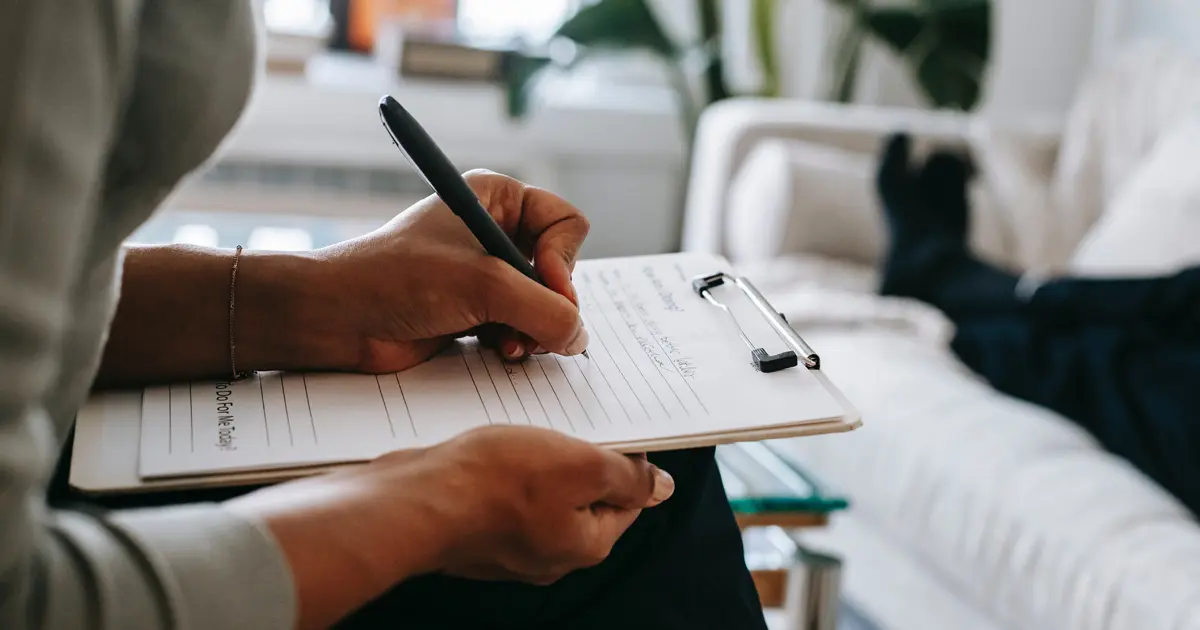
Do your feelings of joy or pain rely on someone else? Do you often put others’ needs above your own? If so, you may be showing patterns of codependency.
The taker and the caretaker—these two encompass a codependent relationship. In this type of relationship, the taker relies on the caretaker to meet their emotional needs. The caretaker, in turn, puts the taker’s needs above their own, often at the expense of their own happiness and well-being. These two individuals are co-dependent with each other.
This type of connection can be unhealthy, dysfunctional, or abusive. The taker can become increasingly demanding, while the caretaker can become excessively resentful and exhausted.
We should draw a distinction between a codependent relationship and a dependent relationship. In codependency, the partners often resent things and people outside the relationship. On the other hand, in a dependent relationship, the partners prioritize time with each other while also spending time with other people.
In short, in a codependent relationship, one person’s needs are prioritized over the other. In a healthy dependent relationship, both people’s needs are equally given importance.
It is necessary to recognize the patterns and characteristics of codependency to help you assess if you are in one. Consequently, you can determine whether to stay or ultimately leave the relationship.
This article will lay out the patterns of codependency, as well as provide some tips on how you can recover from it.
According to Pharmacy Times, the term “co-dependency” was first used by Alcoholics Anonymous in 1950, to refer to individuals who made unhealthy choices that encouraged their partners with addiction. Later on, its meaning evolved and is now become known to refer to a “relationship addiction.”
Control and codependency often come together in this type of connection. People in codependency may initially give up control to the other person, but may often find themselves wanting to regain that control.

Here are the different patterns of codependency, according to Co-Dependents Anonymous (CoDA) that you should learn to determine if you are in this type of unhealthy relationship:
Denial Patterns
Denial is a common defense mechanism of codependents. It allows them to avoid dealing with difficult situations or emotions. Here, the codependent partners may have difficulty identifying their feelings, or they deny what they truly feel.
Low Self-Esteem Patterns
Codependents often have low self-esteem. They may have difficulty making decisions. Their decisions may be based on what suits others. They may seek other people’s approval for how they would think, feel, or act. They may perceive themselves as not deserving of love and admiration.
Compliance Patterns
Codependents may need to please others in order to be loved. They may compromise their own values to avoid rejection. They may put aside their own interests to fulfill what the other wants. They can be extremely loyal and may remain in a toxic relationship for too long.
Control Patterns
Codependents may attempt to control the other to gain love, attention, and approval. They may often associate it with anger, neediness, or even violence. They may be overly critical of their partner and may try to micromanage their life. They may also believe that the other partner is incapable of taking care of themselves. Gaslighting is a typical control pattern.
Avoidance Patterns
Codependents may behave in manners that encourage others to reject, shame, or display anger towards them. But they may also judge how others think, say, or do. They may also suppress their feelings to avoid being vulnerable.
The characteristics in each pattern are not exclusive. There are other signs and characteristics that you should check out from CoDA.org, to know more about the patterns of codependency relationships.
Recovery from codependency is not an easy journey, but it is possible with time, effort, and support from your loved ones. Here are some tips on how to break codependency habits in your relationship:
Identify the codependency patterns in your relationship.
The first step to recovery is to identify your codependent behavior. Assess yourself and your partner on what are the things that you do that are codependent. Once both of you have identified the patterns of codependency, you can start to work on breaking them.
Understand the root cause of codependency.
There are cases of codependency that stem from someone’s childhood experiences. It may also be caused by trauma or neglect. Communicate with your partner to understand what could have contributed to their codependency.
Learn to set limitations.
This step can be hard for codependents but it’s an essential part of your healing. You must learn to say no to things that you don’t want to do. Or learn how to take care of yourself rather than relying on others to do it.
Learn to love yourself.
It can be hard to do when you have low self-esteem, but you need to learn to love yourself. Say nice things to yourself. Do things that you will enjoy, without relying on others for validation. Participate in exercises for overcoming codependency, eat healthy foods, or get enough sleep.

Join a support group for codependents.
Support groups can provide practical interventions for codependency. These groups can be your safe space to connect and share your experiences which leads to your codependency. They will make you realize that you are not alone in this battle.
Find a therapist or counselor specializing in codependency.
If you are looking for a professional approach to recovery, do not hesitate to seek help from a licensed therapist. There are therapists who specialize in codependency, who will provide understanding and support to what you’re going through.
When you start breaking codependent habits, you are allowing yourself the opportunity to heal from codependency. If you are now validating yourself and don’t rely on your happiness to others, it’s a good sign that you’re on your way to recovery. Moreover, you started acknowledging the right things that you do instead of fixating on your mistakes. You learned to forgive yourself for your past behaviors. You now know that you can’t please everyone, so you don’t expect too much from people.
You are not responsible for other people’s feelings. When you stop taking on other people’s emotional baggage, you can focus on your own needs and happiness. You can also start to see others more clearly, without the filter of your own codependent thoughts and feelings.
Overall, when you learn how to handle yourself and have gained a strong sense of who you are, you are slowly breaking free from your codependent habits. These are good signs that your situation is improving.
Being dependent on someone can affect us both positively and negatively. On the positive side, dependent relationships allow us to have support and assistance in different aspects of our lives. This includes emotional support, financial stability, or physical help. On the negative, it may lead to a loss of personal autonomy. We become more reliant on others and unable to move forward on our own. We now start to create patterns of codependency and slowly become destructive.
If you’re struggling with codependency, it’s helpful to recognize its patterns. It will help you break free from unhealthy behaviors and build healthier relationships.







